Looking to ensure your e-bike rides are safe and smooth? You're in the right place. Read this comprehensive guide and you'll learn why you need to adjust brake for e-bike, tools you’ll need when adjusting e-bike and how to adjust brakes on e-bike. If you are a novice, you might also want to know how to solve common brake problems and how to maintain the brakes to improve the performance. Now, follow the guide to adjust brakes on e-bike and make them perform better.

Why Is Proper Brake Adjustment Crucial for E-Bikes?
Proper brake adjustment is crucial for e-bikes due to various reasons. Firstly, it's a matter of safety, as e-bikes require efficient braking systems to prevent accidents and ensure rider security, especially in emergencies or urban environments. Besides, optimized brakes improve efficiency by minimizing energy wastage and extending battery life, ultimately reducing maintenance costs. Lastly, smooth and responsive braking enhances ride comfort, reducing fatigue during long rides or challenging terrain. Therefore, e-bike owners should prioritize regular inspection, adjustment, and maintenance of their braking systems to ensure optimal performance and safety.
Tools You Need for Adjusting E-Bike Brakes
To effectively adjust the brakes on your e-bike, you'll require several key tools. These include:
5mm Allen/Hex Key: Used for loosening and tightening the bolts on your brake calipers and brake levers.
Torque Wrench: Ensures that bolts are tightened to the manufacturer’s specifications, preventing over-tightening or under-tightening.
Bike Stand: Holds your e-bike securely in place, allowing you to work on the brakes safely and efficiently. Other similar tools are acceptable as long as they can hold up your e-bike.
Step-by-Step Guide to Adjusting E-Bike Brakes
Now, gather the tools mentioned above and we’ll move on to the step-by-step guide to adjusting your e-bike brakes.
Step 1: Loosen Brake Caliper Bolts
Begin by securing your e-bike in a stable position to prevent any movement. Use a 5mm Allen/Hex Key to carefully loosen the bolts that attach the brake caliper to the frame. Loosen these bolts just enough that the caliper can be moved, but remains attached. This allows you to adjust the caliper's position for proper alignment.
Step 2: Spin the Wheel
With the caliper bolts loosened, spin the wheel to check for smoothness. Apply the brake lever to stop the wheel, and release. Repeat this process several times to help the brake pads settle into their natural position against the rotor. This step is crucial for ensuring the pads are correctly aligned before final tightening.
Step 3: Tighten Caliper Bolts
On your last check, keep the brake lever engaged to firmly hold the wheel. Tighten the caliper bolts back against the frame using the 5mm Allen/Hex Key. Follow the manufacturer's recommended torque specifications, generally between 6-8 nm, to ensure the bolts are securely fastened without overtightening.
Step 4: Check Centering
After tightening, visually inspect the alignment of the brake caliper with the rotor. Stand in front of the bike and check that the rotor is centered evenly between the brake pads. Proper centering is essential as it prevents the brake pads from wearing unevenly and ensures efficient braking.
Step 5: Adjust Caliper Position (if necessary)
If the rotor is not perfectly centered, slightly loosen the top bolt of the caliper. Carefully adjust the caliper's position until the rotor is centered between the brake pads. Tighten the bolt to secure this position. If necessary, repeat this adjustment with the lower bolt. Spin the wheel one last time to ensure that it rotates freely without any rubbing against the brake pads.
Step 6: Test Brake Effectiveness
After all adjustments are made, test the bike in a safe, controlled environment. Check the responsiveness of the brakes and ensure there is no rubbing or noise. Adjustments might need fine-tuning to achieve perfect alignment and functionality.
Common Issues and Troubleshooting Brake Problems
Brake problems on e-bikes can arise from various issues, but understanding common problems and their solutions can help keep your ride safe and smooth.
Squealing Brakes: Brake squealing is often caused by contamination on the rotor or brake pads. Use a mild solvent or brake cleaner to remove contaminants. Additionally, inspecting and realigning the brake pads can ensure even contact with the rotor, reducing noise.
Soft or Spongy Brakes: Soft or spongy brakes are typically indicative of air bubbles in the brake lines. To resolve, bleed the brakes to remove air pockets, ensuring fluid levels are correct and there are no leaks.
Dragging Brakes: If your brakes feel like they are dragging or not releasing properly, it could be due to misalignment or worn brake components. This problem can be fixed by adjusting the brake caliper alignment or changing brake pads on electric bike to ensure smooth operation.
Inconsistent Braking Performance: This issue can arise from unevenly worn brake pads or damaged rotors. Examine both and replace any unevenly worn or damaged parts to restore smooth braking performance.
Regular Brake Maintenance Tips
In this section, we'll explore some essential maintenance tips to help you keep your e-bike brakes in optimal condition.
Inspect Brake Pads Periodically: If the pads are worn down to the wear indicators or are less than 1.5 mm thick, learn how to change brake pads on e-bike and replace them promptly to maintain effective braking performance.
Clean Braking Surfaces: Use a clean rag and a mild solvent to clean the braking surfaces, including the rotor and brake pads, to ensure optimal braking efficiency.
Check Brake Fluid Levels: Regularly verify the hydraulic brake fluid reservoir. Low fluid levels can compromise braking performance and safety. Top up with the recommended type of brake fluid if necessary.
Inspect Brake Cables and Housing: Examine the brake cables and housing for signs of wear, fraying, or corrosion. Replace any damaged components to maintain smooth brake operation and responsiveness.
Adjust Brake Tension: Periodically check the brake tension and adjust it if necessary to ensure that the brakes engage smoothly and with the appropriate amount of force. Follow the manufacturer's guidelines for adjusting brake tension.

Conclusion
In conclusion, adjusting your e-bike brakes is vital for ensuring safety, performance, and overall riding enjoyment. By following the step-by-step guide outlined in this guide, you can learn how to adjust brakes on e-bike and ensure that your e-bike brakes function optimally whenever you hit the road. Remember, an adjusted and well-maintained braking system not only enhances safety but also prolongs the lifespan of your e-bike components, ultimately contributing to a smoother and more enjoyable riding experience. So, make brake maintenance a priority and ride with confidence knowing that your brakes are in top shape.
FAQ
How Often Should I Adjust My E-Bike Brakes?
The frequency with which you should adjust your e-bike brakes depends on several factors, including riding frequency, terrain, and brake type. Generally, it is advisable to check and adjust your e-bike brakes every 3-6 months. However, if you notice any decrease in performance, inspect and adjust them sooner. Additionally, after significant changes in riding conditions or any unusual brake behavior, a prompt inspection and adjustment are recommended.
Why Are My E-Bike Brakes Squealing?
Squealing brakes on e-bikes can stem from several causes. Often, it's due to contamination from dirt, oil, or debris on brake pads or rotors, disrupting smooth contact. Misalignment of brake pads or worn-out pads can also contribute. Additionally, insufficient bedding or improper adjustment may lead to noise.



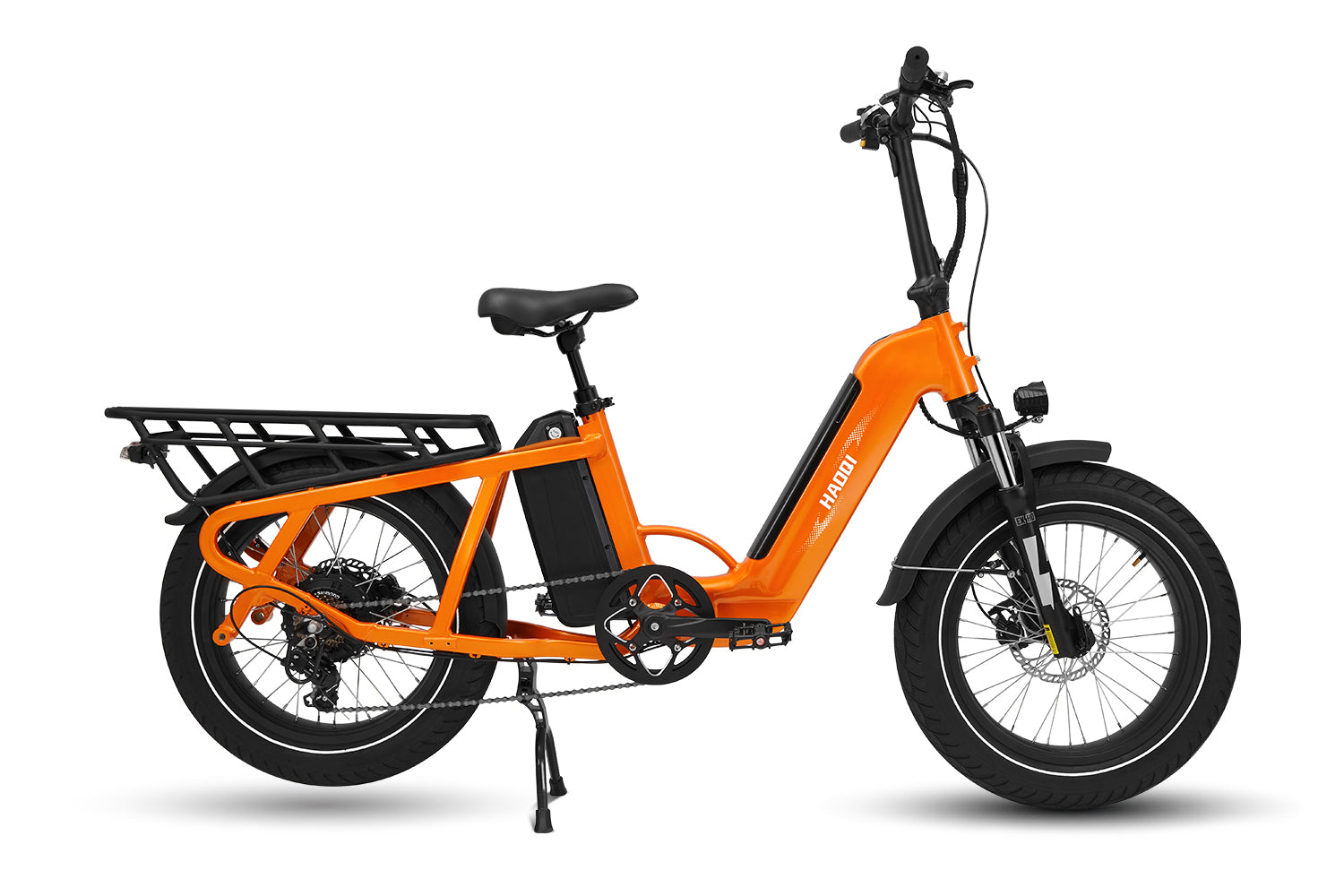

![HAOQI Antelope 500W Cargo Electric Bike (UL Certified) [electric bike] [HAOQI ebike]](http://haoqiebike.com/cdn/shop/products/haoqi-antelope-cargo-electric-bike-with-dual-battery-haoqiebike-com-1.jpg?v=1753954498&width=1500)
![HAOQI Squirrel Folding Electric Bike (UL Certified) [electric bike] [HAOQI ebike]](http://haoqiebike.com/cdn/shop/files/1_03c67b67-715e-4617-a648-51f108ceb425.jpg?v=1766473332&width=1500)
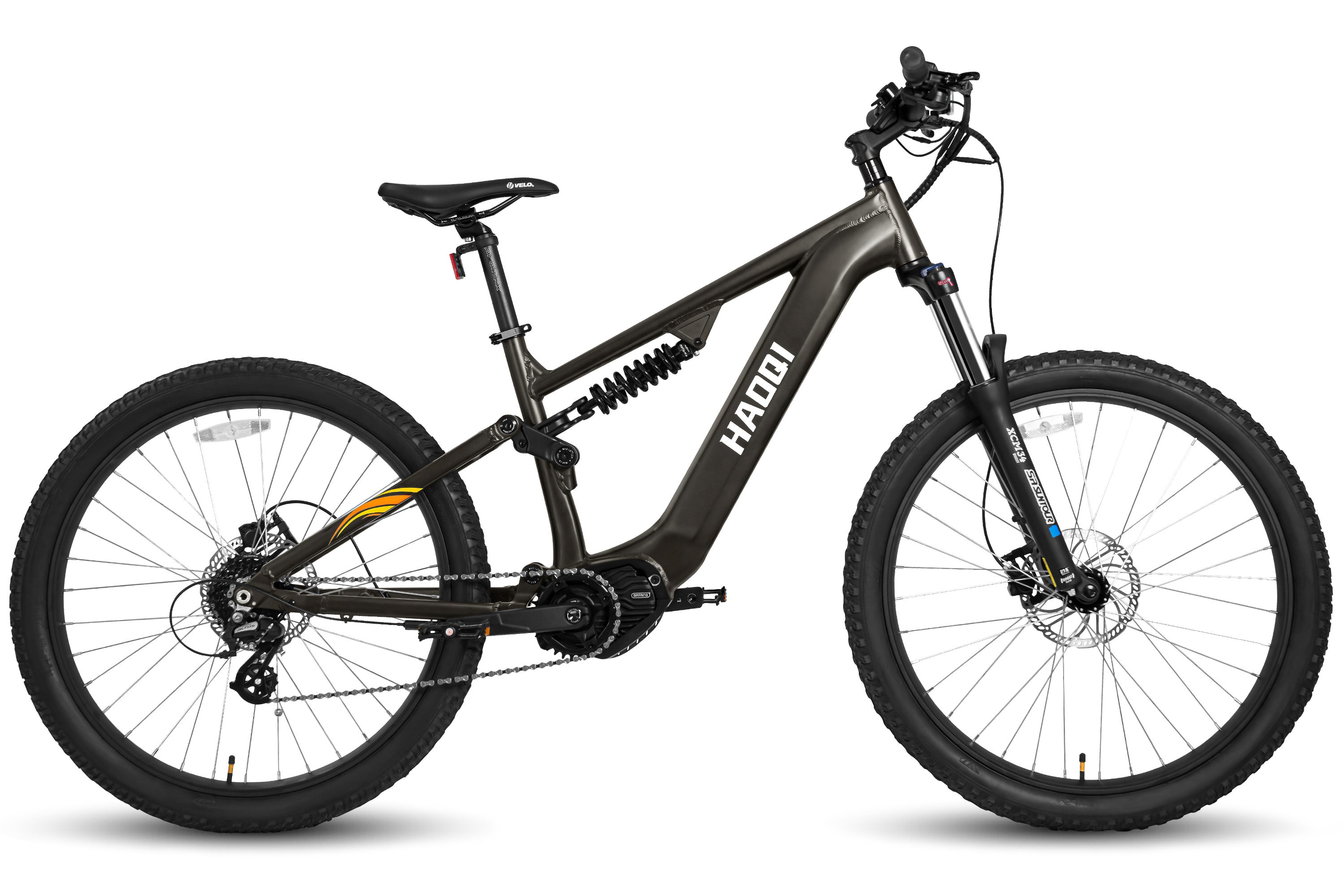
![HAOQI Eagle Long Range Electric Bicycle (UL Certified) [electric bike] [HAOQI ebike]](http://haoqiebike.com/cdn/shop/files/2_bf7ae46b-aad6-472a-9c14-d56ca3f0feb6.jpg?v=1755142722&width=1500)
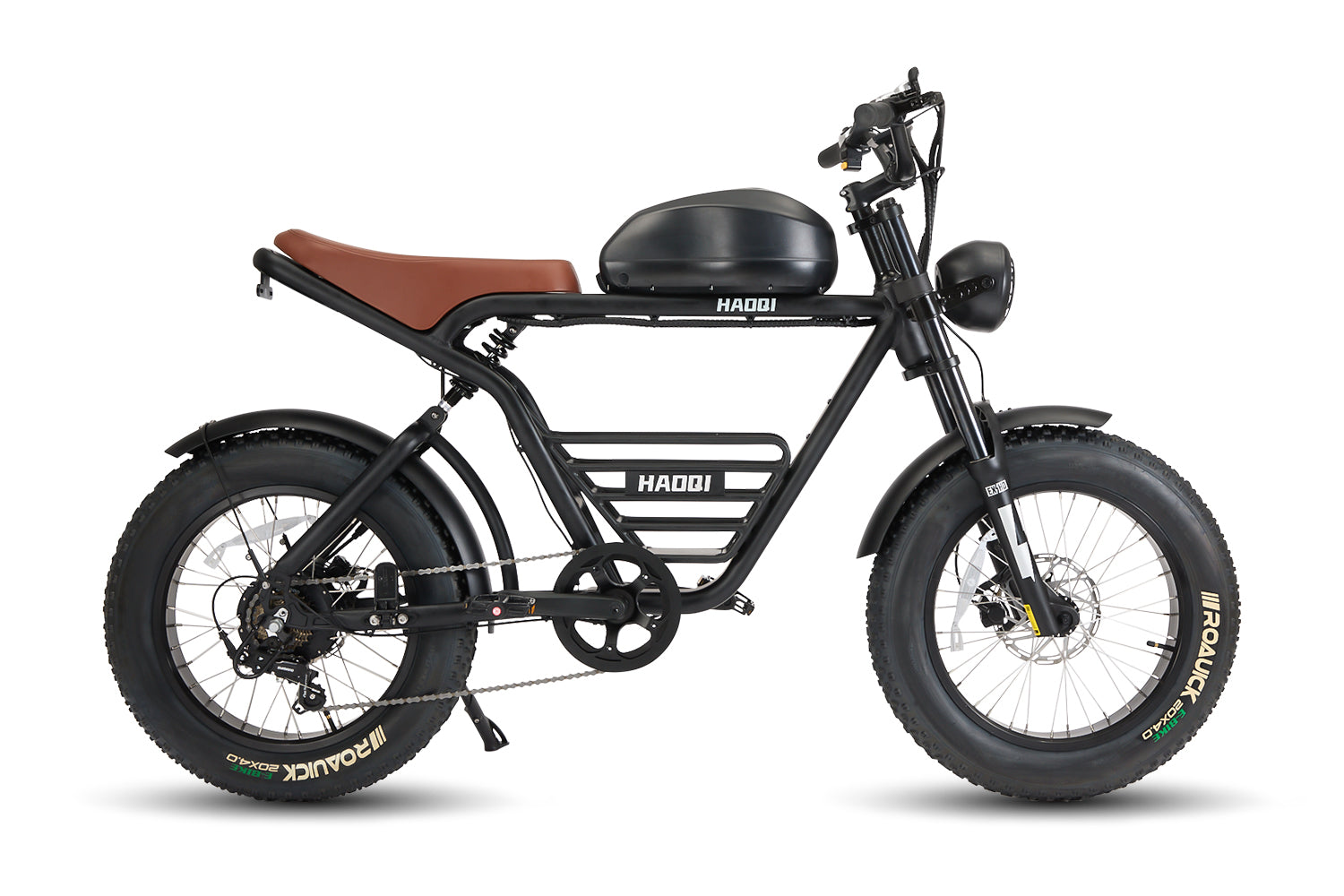
![HAOQI Antelope Pro 750W Cargo Electric Bike (UL Certified) [electric bike] [HAOQI ebike]](http://haoqiebike.com/cdn/shop/products/haoqi-antelope-pro-cargo-electric-bike-with-dual-battery-750w-haoqiebike-com-1.jpg?v=1751610204&width=1500)


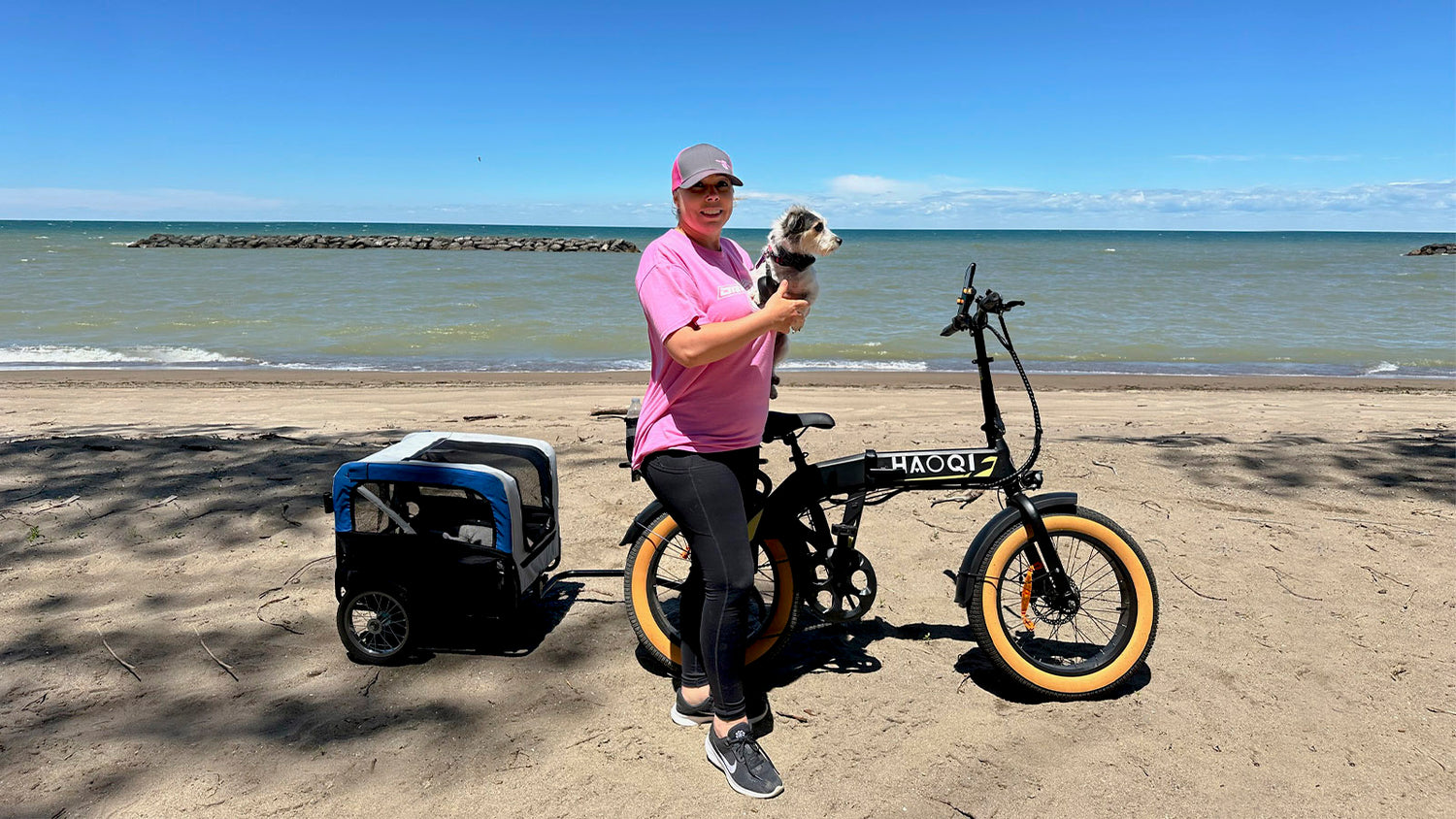
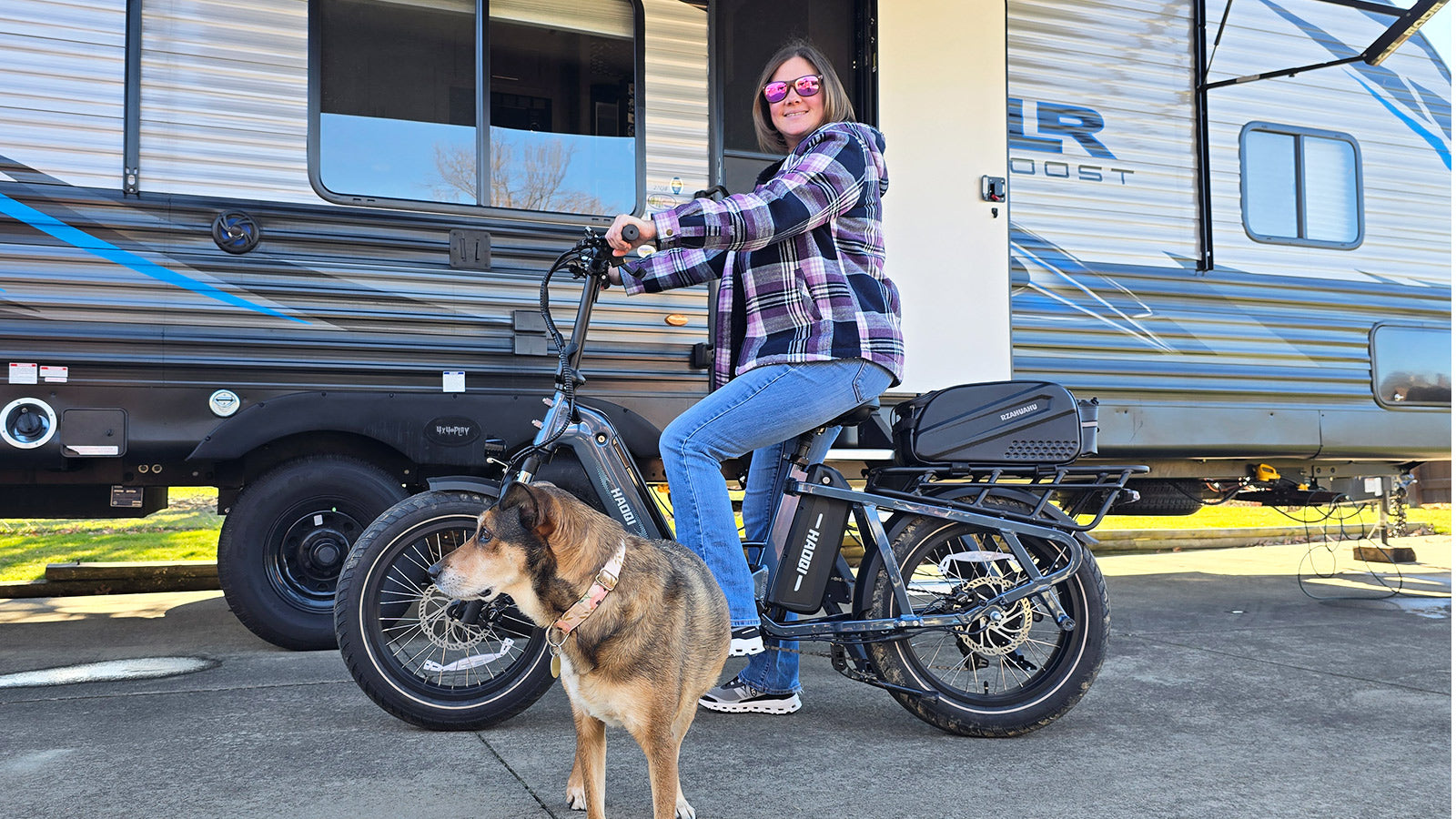
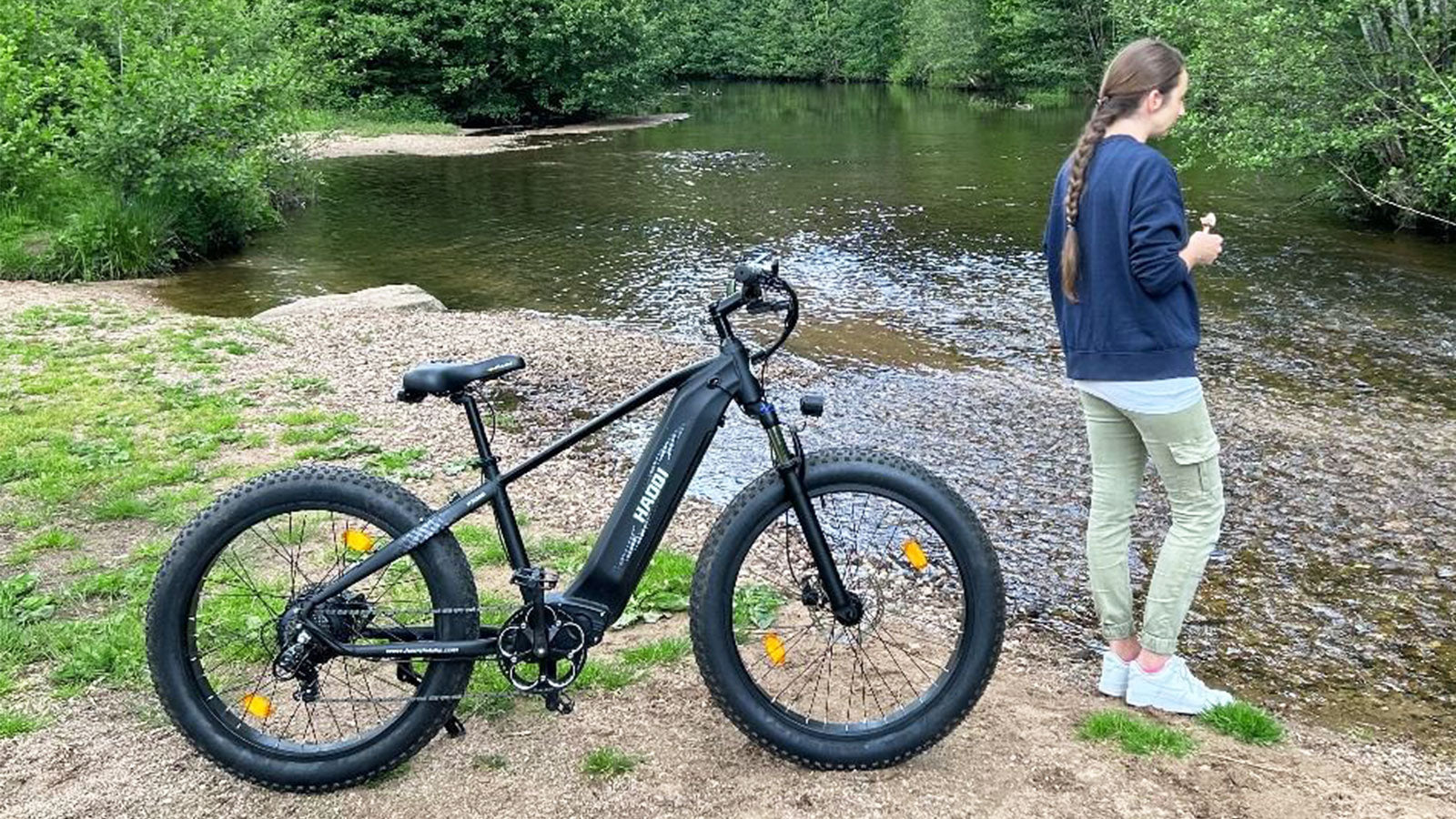




Leave a comment
All comments are moderated before being published.
This site is protected by hCaptcha and the hCaptcha Privacy Policy and Terms of Service apply.